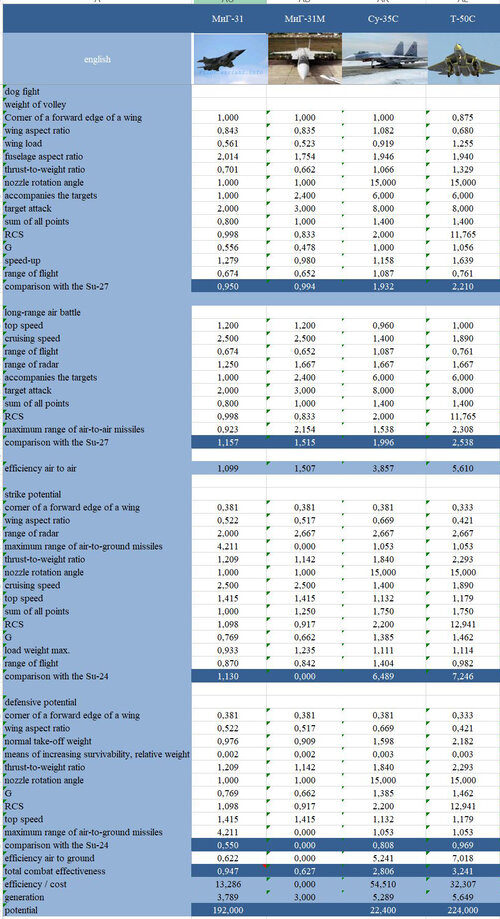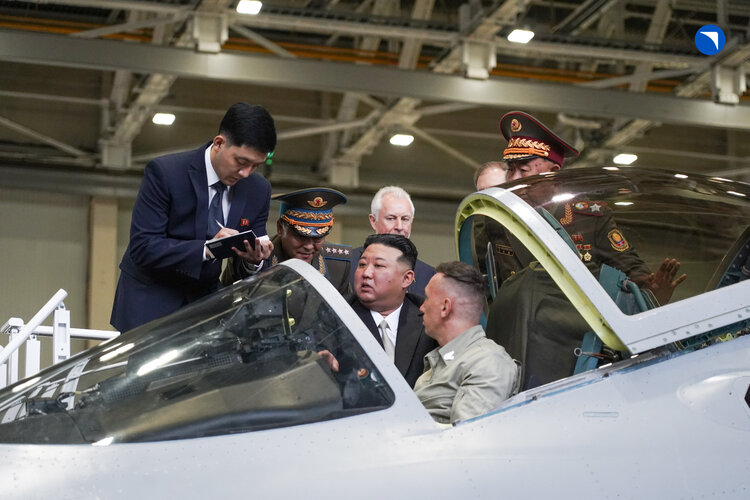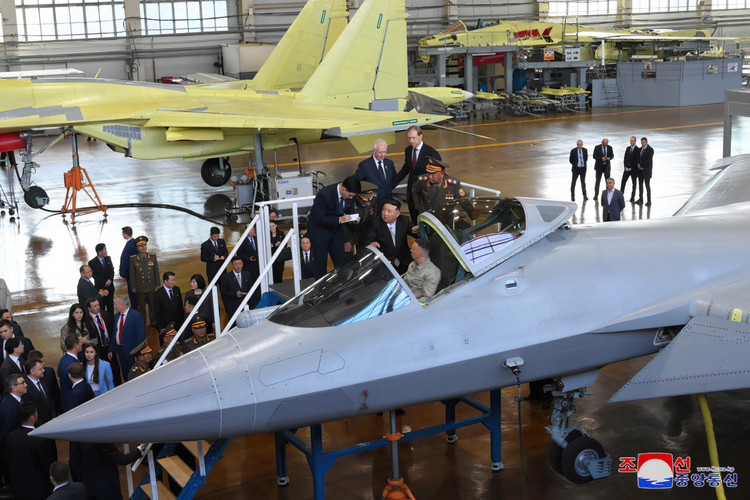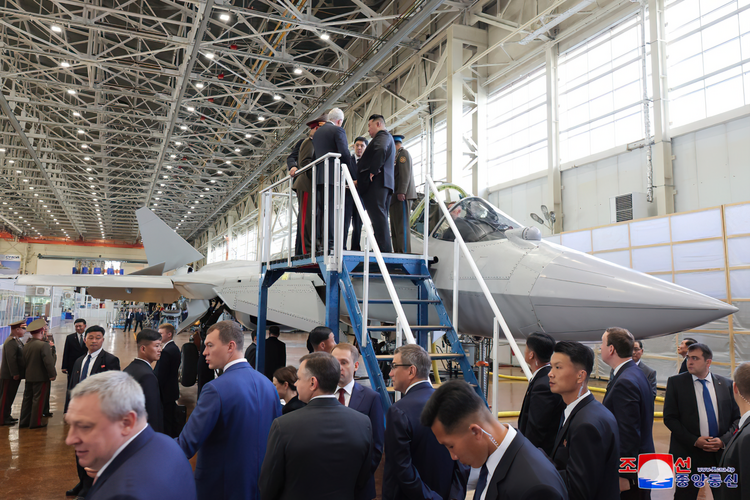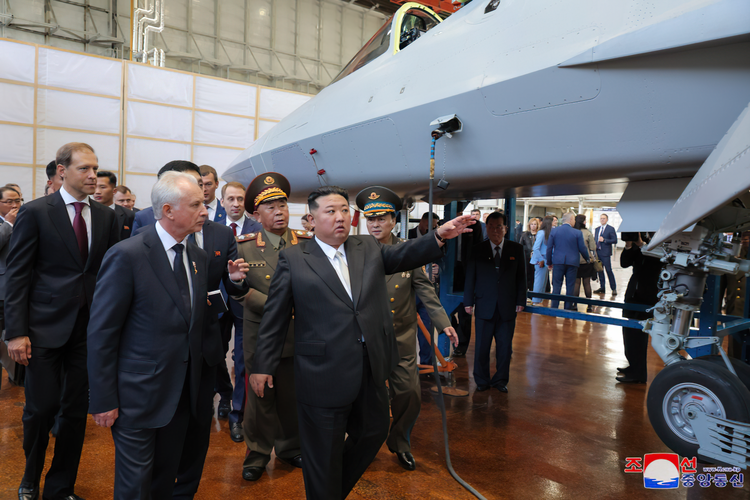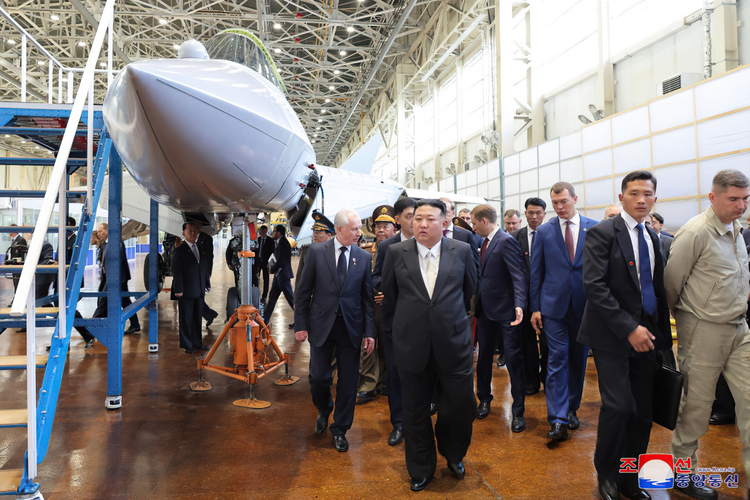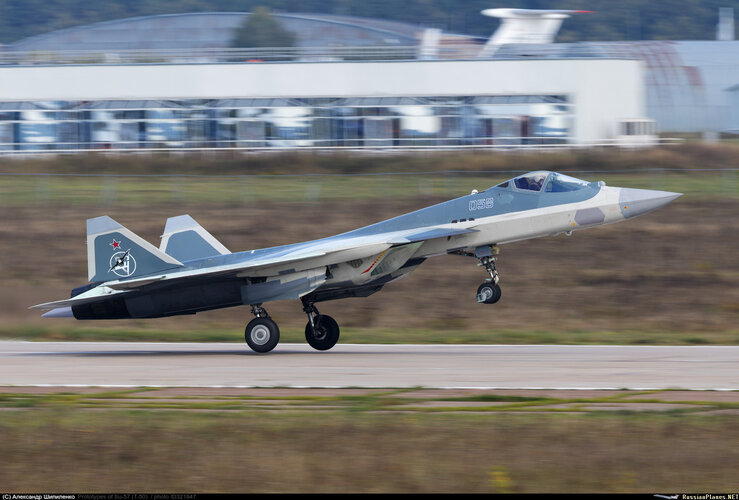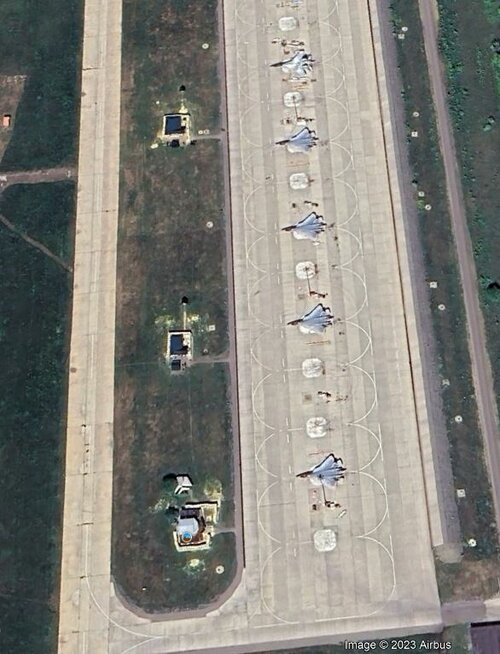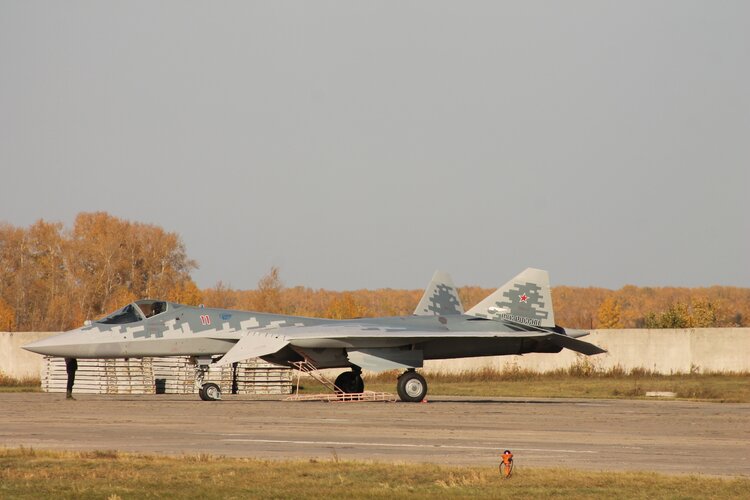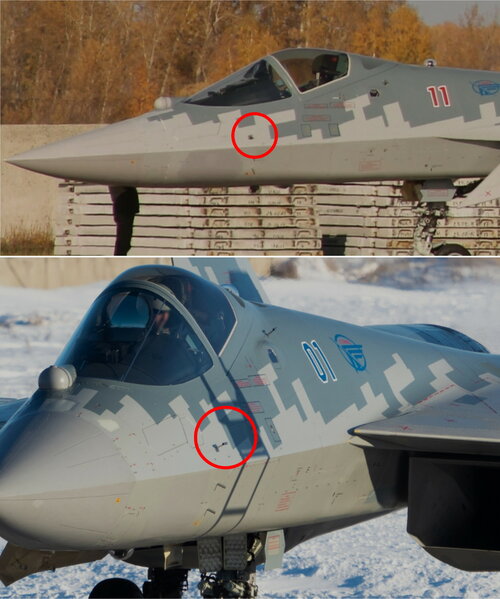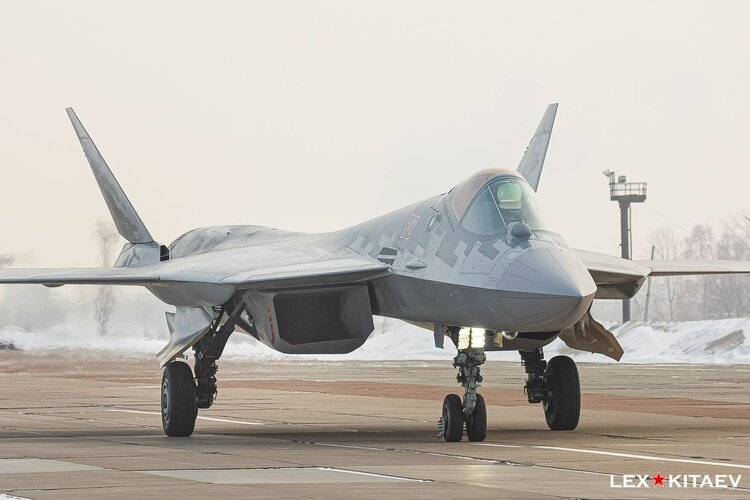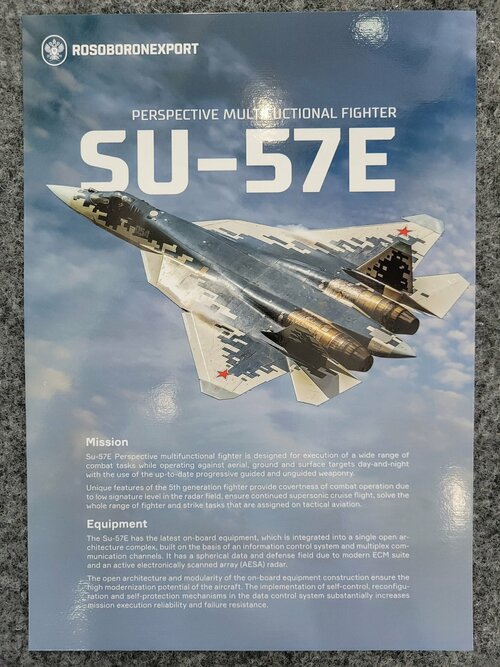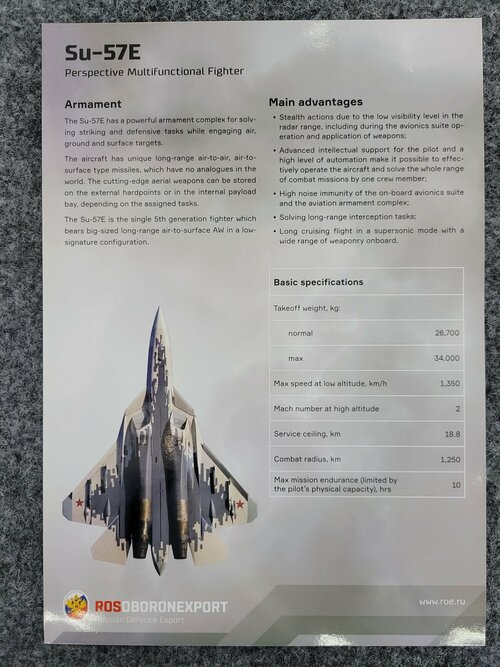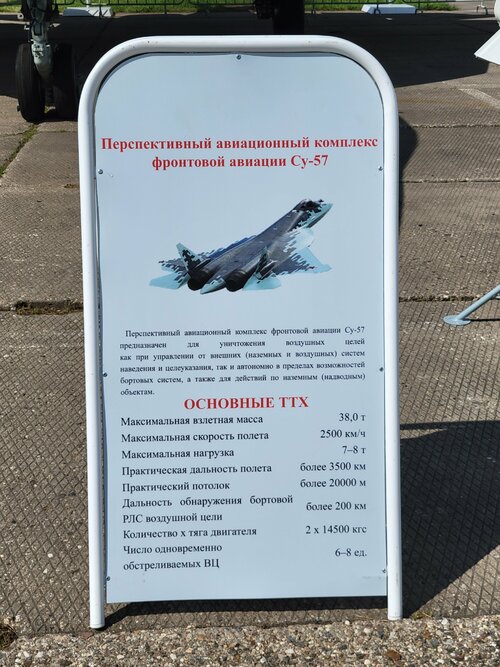LMFS
ACCESS: Top Secret
- Joined
- 19 March 2019
- Messages
- 526
- Reaction score
- 846
On the one hand you have Bogdan stating the big difference in acceleration of the Su-57 vs Su-35 and the need to take care to avoid going supersonic without noticing, then you don't exactly know what interpretation of "supercruising" Marchukov is referring to, since that term used to mean flying faster than 1.5M on mil power, when it was coined. Several legacy planes were known to be able to fly faster than 1M without AB and they were not called "supercruisers". What I understand at the mark in the video you sent is that izd. 117 is a little short of specific thrust to match the 5th gen level (that reference being set by the F-22) in terms of speed, hence the "5th gen minus" classification by LyulkaI’m frankly being charitable here. Marchukov stated that the Su-57 with the AL-41F1 does not achieve supersonic cruise without afterburners. Given that the Su-35 with the AL-41F1S attained Mach 1.1 without afterburners, I presumed that the Su-57 is capable of achieving the same, and that supersonic cruise refers to speeds beyond transonic region (Mach 0.8-1.2), hence Mach 1.3 or so.
An aircraft having components that are designed to operate beyond the overall system’s boundaries is not new, nor is it unique to Sukhoi. The North American Rockwell B-1B retains the same engine as the B-1A, despite being designed for Mach 1.25 rather than the latter’s Mach 2.2 top speed. The F-22’s APGS likewise has a design altitude limit well in excess of the aircraft’s operational limit. I’m not saying this is definitely the case with the Su-57, but it’s a possibility.
Now comparing a newly developed plane like Su-57 to a redesigned one like B-1 in terms of carrying over inherited solutions is another twisted argument. Is it so difficult to assume that Sukhoi worked rationally and the intake was deemed necessary either for current or future requirements? The plane does already fly faster than 2M on AB (that may be enough to force the development of the variable inlet, I don't know) and we simply don't know what is the max speed on mil power, either with first or second stage engines. But on F-22 it is close to the 2M mark already, while izd. 30 is considered "5th gen plus". I can see why it would be perfectly valid to force your opponent into AB while you can stay on mil as a way to rule the engagement, so maybe even small differences in speed at the lower end of the 2 < M < 3 window are worth investing on them.


